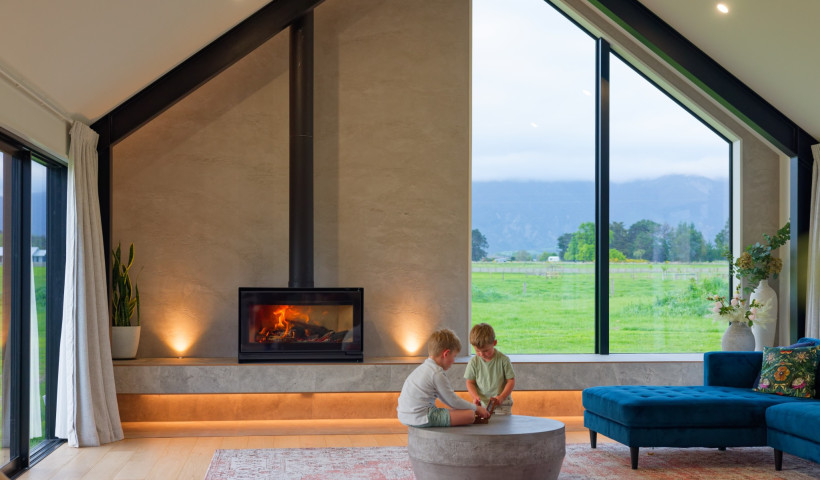
The concept of a wood-burning fireplace in the home has been around for thousands of years. And while the nostalgia of them remains unchanged, the way these fireplaces operate has evolved significantly over the years.
From medieval times when open wood fires were made of stones and bricks, to today's glass-fronted, sealed fireplaces, wood fires now offer increased efficiency, safety, and greater design freedom.
To help you understand how wood fireplace technology has advanced over the years, we explore the main types of fireplaces and why Escea's Direct Vent fireplaces offer homeowners a better choice for heating their homes today.
There are essentially three types of flues — Open, Basic Vent, and Direct Vent. We explain how the different flues work to help you understand which type of wood fireplace is right for your home.
Open Wood Fireplaces
- Where air for combustion comes from: Inside the home
- Flue Type: Unbalanced
- Heat Produced: Radiant
Basic Vent Wood Fireplaces
- Air Intake for Combustion: Inside the home
- Flue Type: Unbalanced
- Heat Produced: Radiant and convection
Direct Vent Wood Fireplaces
- Air Intake for Combustion: Outside the home
- Flue Type: Balanced
- Heat Produced: Radiant and convection
All Escea wood fireplaces feature Direct Vent Technology and are available in both inbuilt and freestanding models.
To learn more about Wood Fireplace Flues, visit the Escea website.













 New Products
New Products








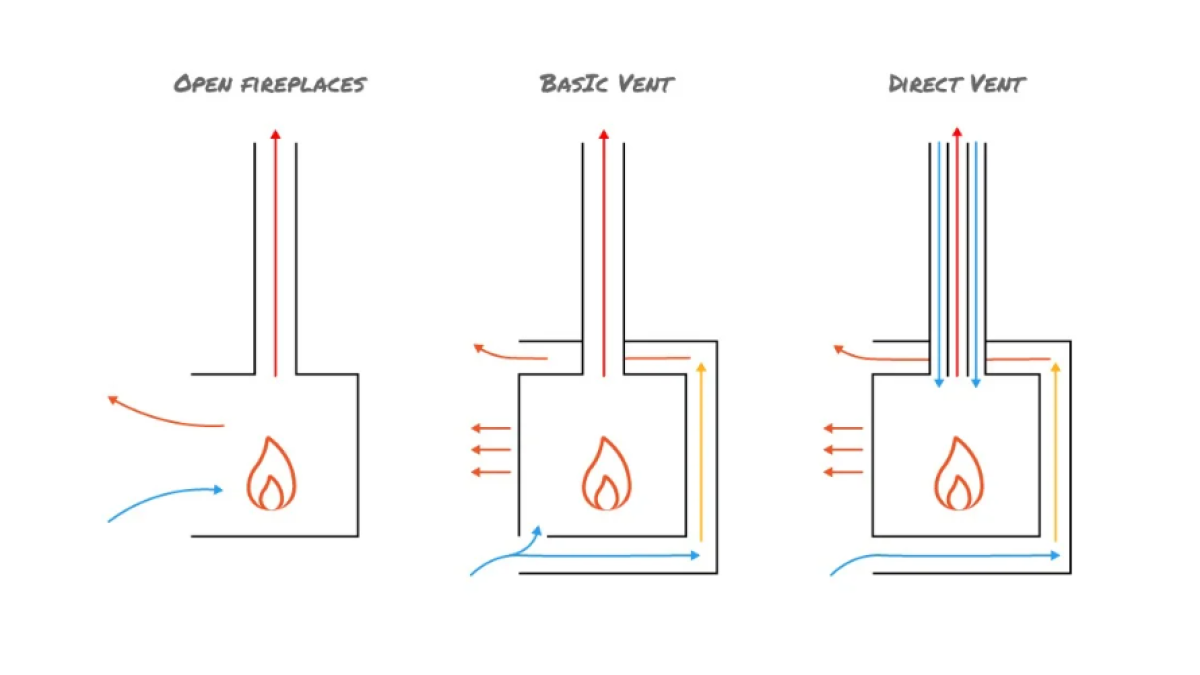


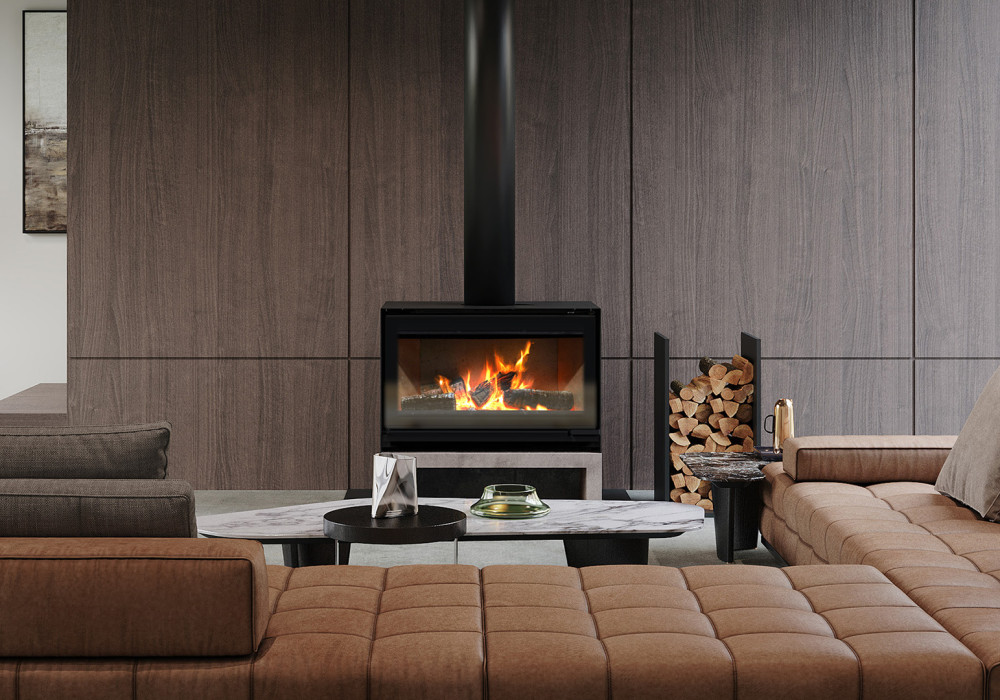
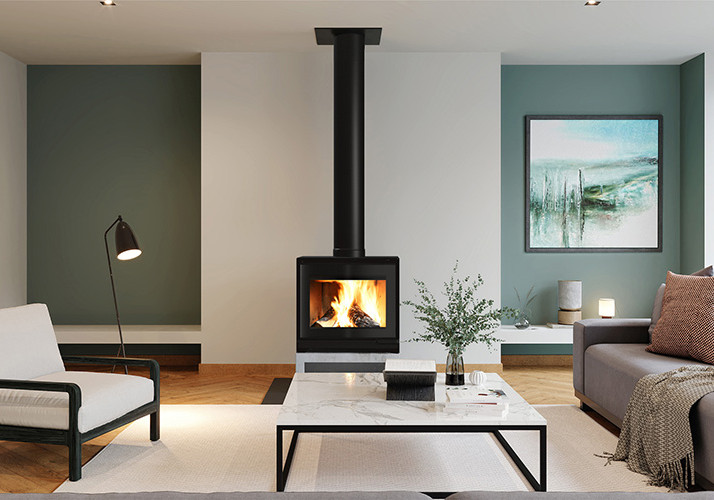
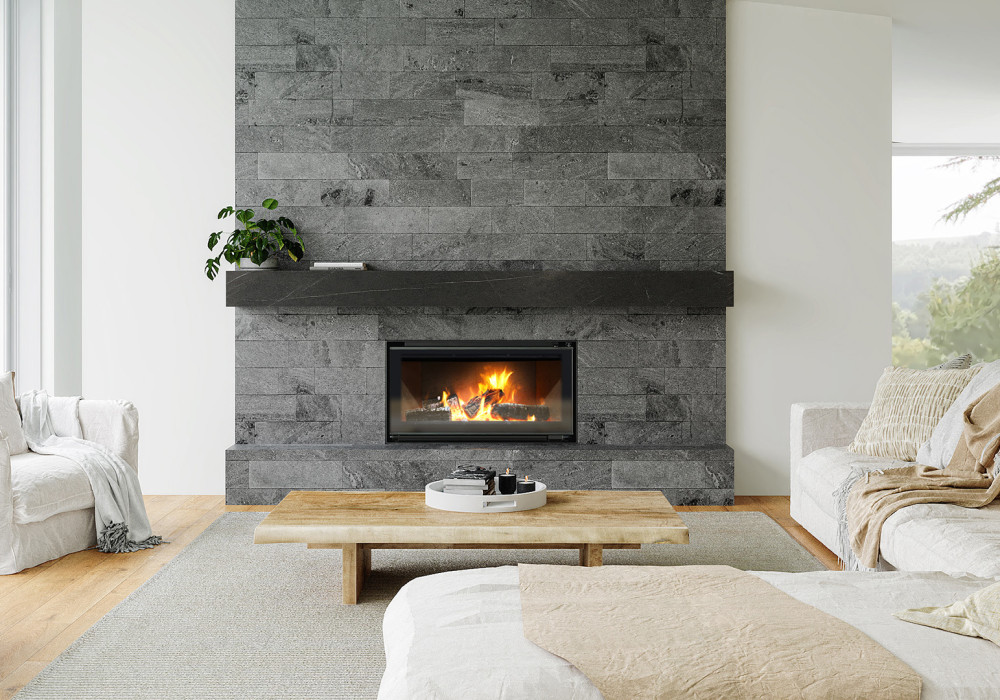

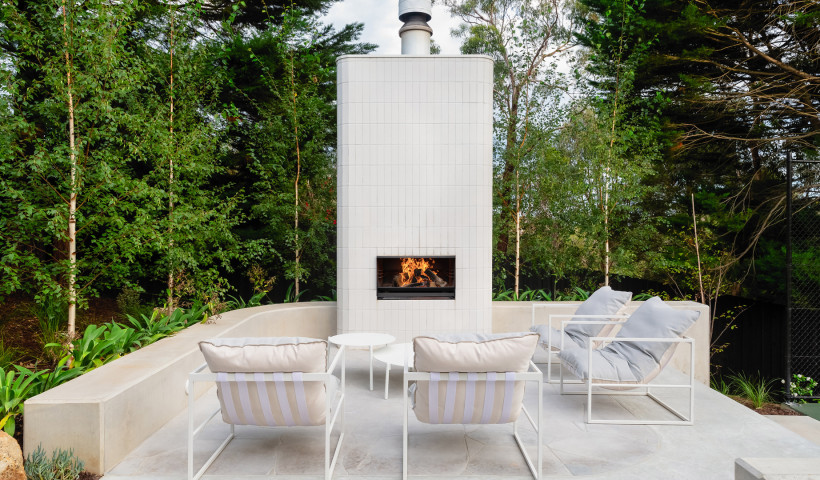
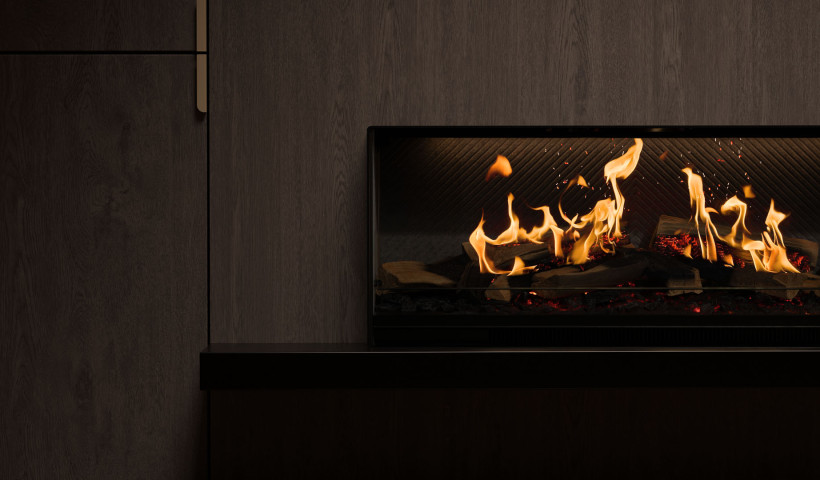
 Popular Products from Escea Fireplace Company
Popular Products from Escea Fireplace Company


 Most Popular
Most Popular


 Popular Blog Posts
Popular Blog Posts